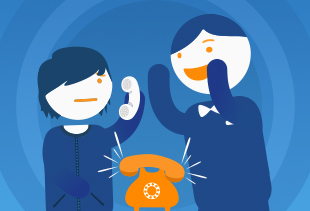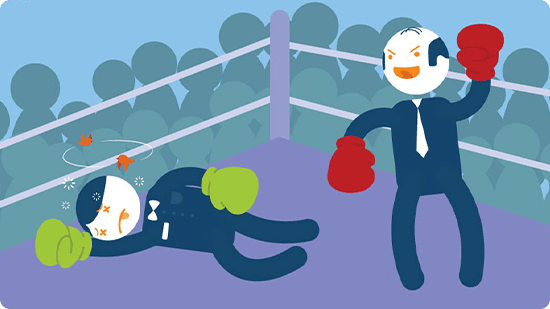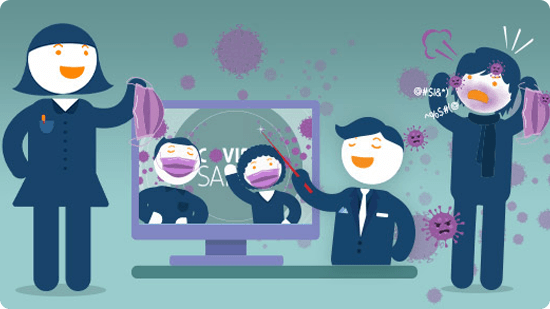We’re all familiar with that cliché scene. Someone stumbles into their local bar and takes a seat. The bartender – Freddy, or Tom, or Barry – looks over, dish cloth in hand, beer glass in the other; “The usual?” he offers.
As cliché as it may be, we all would like that! It makes you feel important – when a service provider recognises you, knows you and can anticipate what you’re after. That’s why we like to go to the same hairdresser, the same corner deli, and the same bookstore.
Imagine if we experienced that same level of familiarity and customer service in business. Close your eyes (figuratively, not literally, because this is a visual medium after all) and picture yourself calling another company. Imagine that before you can even say a word, Hamish the Accounts Receivables Officer addresses you by name and anticipates exactly what you’re calling about.
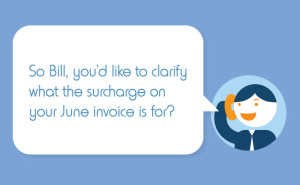
Your time. Saved!
Your effort. Alleviated!
Your impression. Improved!
So how can we achieve this level of telepathic telephonic customer service in the workplace? The answer is sitting, literally, right in front of you.
Call transfers.
All businesses have a receptionist or phone operator. These people are often trained in the art of transferring incoming calls to the correct person, and while no one is undermining the elegance of being able to press the correct extension fluidly, the physical phone transfer is just the beginning.
Take for instance the difference between the two interactions below.

Or…
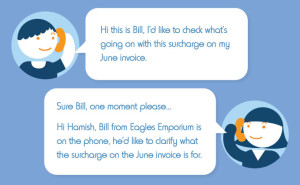
All of a sudden that ESP-like greeting you received from Hamish – “So Bill, you’d like to clarify what the surcharge on your June invoice is for?” – no longer seems so miraculous, just professional.
As the one doing the transfer, it is your job to note the name of the person, the company from which they are calling and the reason for their call. You can then save everybody from having to repeat themselves and ask questions for a second time, by simply relaying the crucial information to the person who needs it.
By passing on the message, not only has everybody’s time and effort been saved, but more importantly Bill is now on the phone under the just impression that he’s called a company that values him, his enquiry and his custom.
There are many simple ways you can take your business’s office phone etiquette to the next level. As with most things, it’s the attention to the little details that counts. Brushing up on your employees’ phone skills can make all the difference when it comes to leaving a lasting impression on a customer.
Check out our YouTube channel for some more fantastic ideas and find out some more hand office phone tips at our blog.

